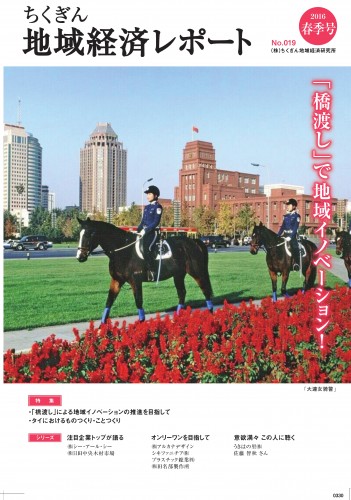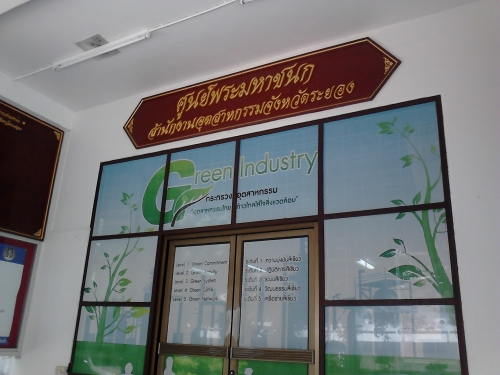Department of Industrial Works (DIW), the Ministry of Industry Thailand issed a document concerning about a new concept on the hazardous substances called 'Hazardous substance List 5.6' on February 19th, 2015. DIW also issued a Recommendation/Guideline for Consideration of Hazardous Substance according to the Hazardous substance List 5.6 (Guidline), written in Thai Language.
HS-TECH ENGINEERING Co., Ltd. translated the original Guideline to English in support of some experts in language (Thai, English and Japanese) and technical term in chemicals and regulation in Thailand.

You can download the English version by clicking below;
![]() DIW HAZ LIST 5.6 en (0.48MB)
DIW HAZ LIST 5.6 en (0.48MB)
NOTE;
Consulting fee will be charged to your inquiries on the contents of the Guidline avobe.
REMARKS;
There were several sentences which were able to translate to some meanings in English in the original documents. We recommend you to ask Hazardous Substance Control Bureau, Department of Industry for getting an answer in depth based on the specific case with which you has faced.
DISCLAIMER;
All information provided in official HS-TECH ENGINEERING Co., Ltd. Web site is provided for information purposes only and does not constitute a legal contract between the company and any person or entity unless otherwise specified. Information on official company websites is subject to change without prior notice. Although every reasonable effort is made to present current and accurate information, the HS-TECH ENGINEERING Co., Ltd. makes no guarantees of any kind.
In no event shall the HS-TECH ENGINEERING Co., Ltd. be responsible or liable, directly or indirectly, for any damage or loss caused or alleged to be caused by or in connection with the use of or reliance on any such content, goods, or services available on or through any such site or resource.




